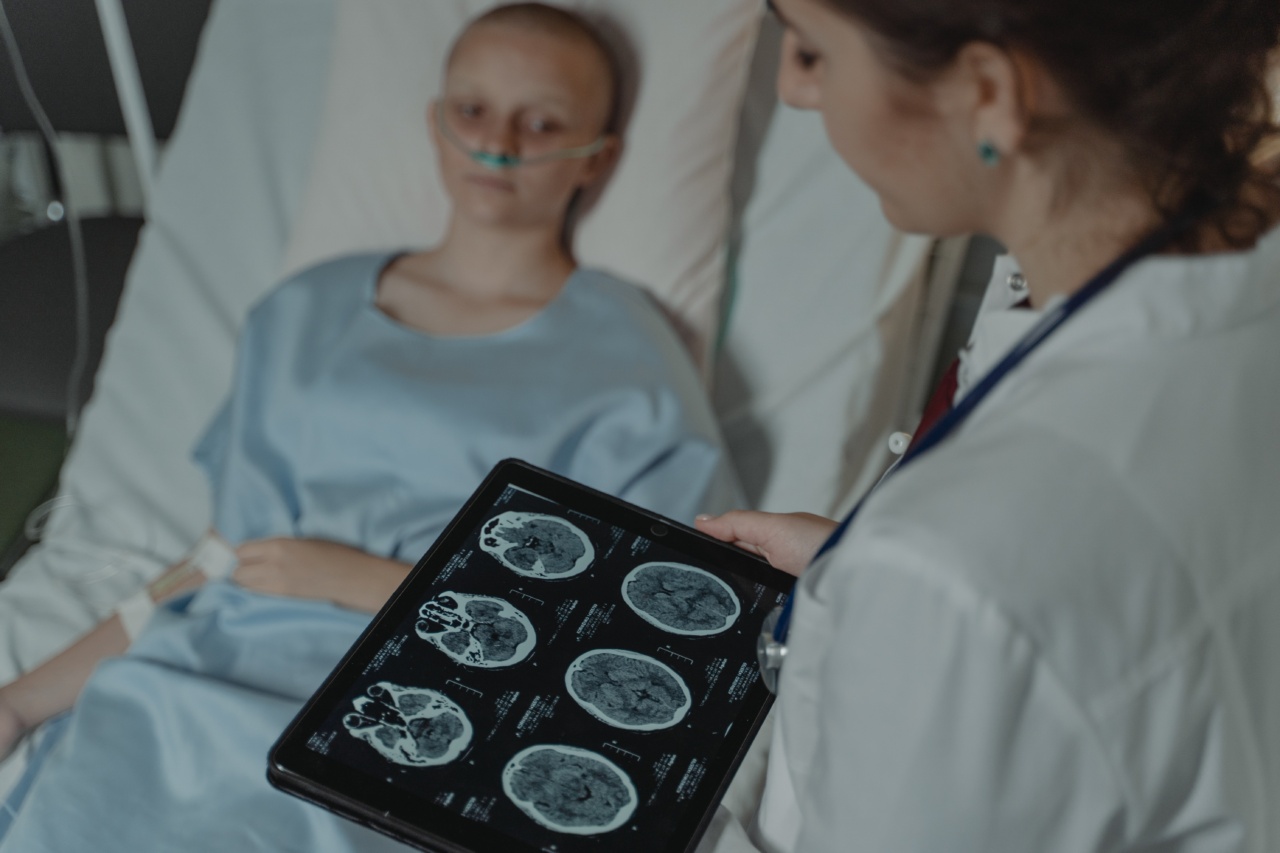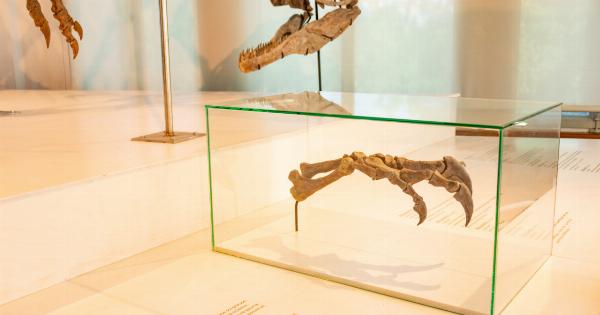Scientists have achieved a breakthrough in the development of a lab-made embryo that exhibits both a heartbeat and brain activity.
This latest development has the potential to revolutionize our understanding of human development and provide critical insights into conditions like infertility, miscarriage, and embryonic development issues.
The study, which was published in the journal Nature, involved researchers from Rockefeller University and Weill Cornell Medicine.
The team used human embryonic stem cells to create embryo-like structures that were later observed to develop both a pulsating heartbeat and brain activity.
Creating Lab-Made Embryos
For the study, the researchers used stem cells to create blastocyst-like structures (called embryoids) that displayed properties similar to eight week-old embryos.
The researchers then used new technology that allowed them to observe the development of these embryoids by combining two different imaging techniques, one to monitor the heartbeat and another to track the development of neuronal activity.
The researchers used human embryonic stem cells, which have the unique ability to transform into any type of cell in the body.
This means that the researchers were able to create a wide variety of different cell types, including cardiac cells and neural cells, which are necessary to create a lab-made embryo with heartbeat and brain activity.
This process in creating lab-made embryos has long been an area of interest for scientists seeking to better understand human development.
In recent years, new advancements in stem cell research and imaging technology have allowed researchers to push the boundaries of what is possible in the development of lab-made embryos.
Revolutionizing Our Understanding of Human Development
This latest breakthrough could have a significant impact on our understanding of early human development.
By creating lab-made embryos that display the same properties as a natural embryo, scientists can study the early stages of life in a way that was previously impossible.
This research could lead to new insights into conditions like infertility, embryonic development disorders, and miscarriages.
The ability to observe the development of these early-stage embryos could also be helpful in the development of new fertility treatments and in understanding the underlying causes of various medical conditions that occur during fetal development.
Challenges and Ethical Considerations
While this research offers exciting potential, there are also challenges and ethical considerations to consider.
For example, creating lab-made embryos raises ethical concerns because it involves the manipulation of human cells which some argue could lead to a slippery slope toward the creation of designer babies.
There are also concerns about the use of human embryonic stem cells. While these stem cells have the unique ability to transform into any type of cell in the body, they are typically obtained from unused embryos created during in vitro fertilization.
This leads some to argue that the use of these embryos is morally problematic.
Despite these challenges, the researchers hope that this breakthrough will lead to new insights into human development and pave the way for further advancements in stem cell research.
Conclusion
The development of lab-made embryos with heartbeat and brain activity represents an exciting breakthrough in the field of stem cell research.
Thanks to advancements in technology and our understanding of human biology, researchers are now able to create embryoids that display properties similar to a natural eight-week human embryo. This research could have significant implications for our understanding of human development and could ultimately lead to improved treatments for conditions like infertility and embryonic developmental disorders.






























